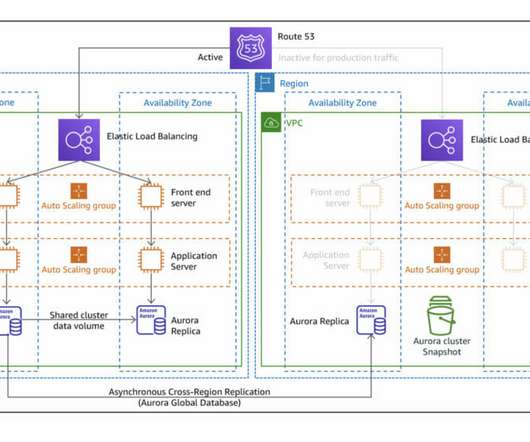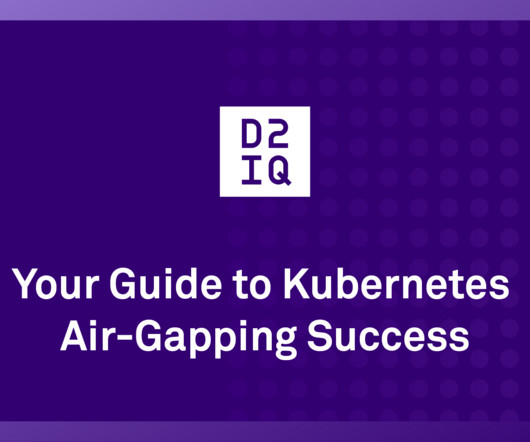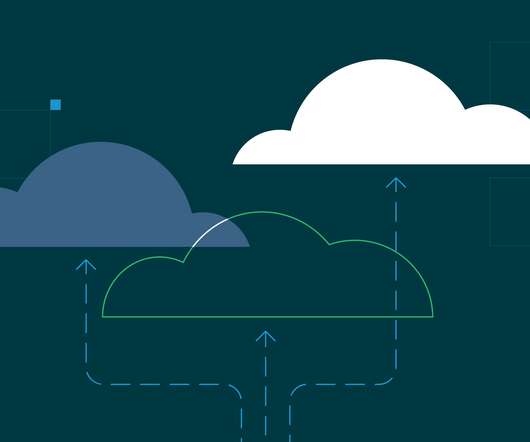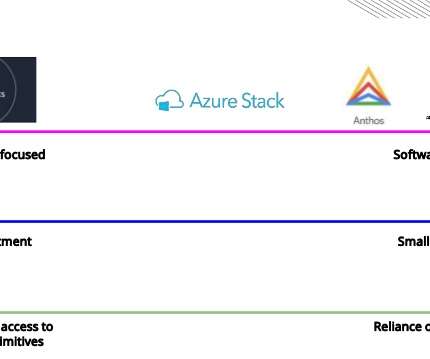Cluster Management in Cassandra: Achieving Scalability and High Availability
Datavail
DECEMBER 26, 2023
Its decentralized architecture and robust fault-tolerant mechanisms make it an ideal choice for handling large-scale data workloads. Understanding the cluster architecture is crucial before diving into cluster management. Below are some steps: Backup Taking a Snapshot Backup: Open a terminal on the node you want to back up.




















Let's personalize your content